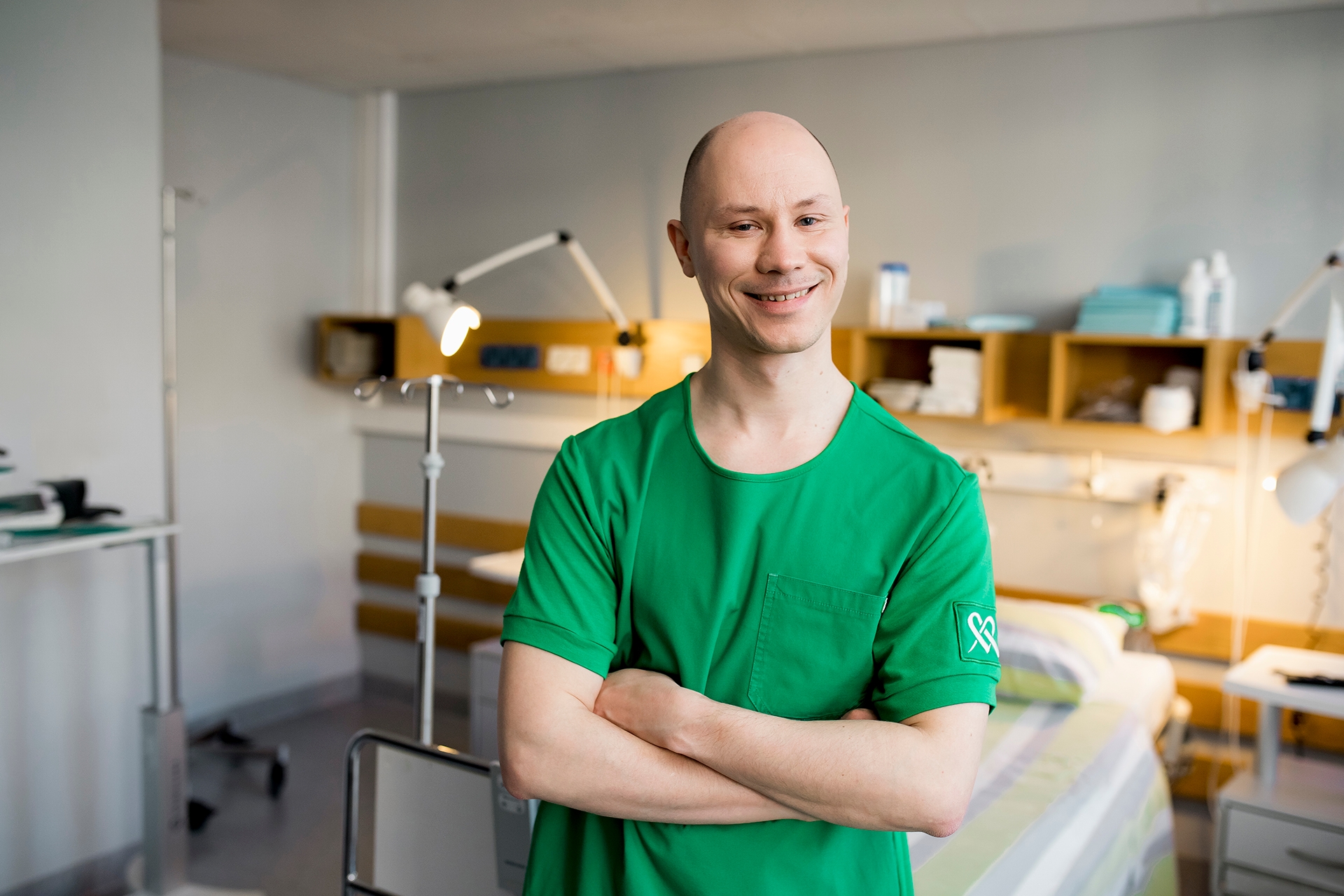Atheroma removal
Specialist in the article

Revised 7/29/2025
Atheroma removal in brief
- An atheroma is a benign cyst under the skin that forms when a sebaceous gland becomes blocked and fills with keratin.
- Surgical treatment involves removing the cyst entirely, including its capsule. An inflamed cyst cannot be removed; the inflammation is first treated with antibiotics, and any resulting abscess is drained if necessary.
- Atheromas occur twice as often in men as in women and can develop at any age.
Benefits of atheroma removal
An atheroma, or sebaceous cyst, is a benign cyst that forms in the deeper layers of the skin due to a blocked sebaceous gland. Treatment is necessary when the atheroma causes discomfort, pain, or cosmetic issues, or if it becomes inflamed.
Removing a sebaceous cyst is an effective solution that prevents recurrence and potential complications such as infection or spontaneous rupture. Removal is particularly important if the atheroma has repeatedly become inflamed or interferes with daily life. Additionally, the procedure can reduce cosmetic concerns if the cyst is located in a visible area, such as the face or neck.
Atheroma removal is a quick and safe procedure performed under local anaesthesia. It helps prevent infections and discomfort caused by a growing atheroma, which can arise from an untreated cyst. Many patients find the procedure alleviates their concerns about whether the atheroma might be dangerous.
Situations where atheroma treatment may be beneficial:
- The cyst is inflamed, causing pain, swelling, or discharge.
- The cyst grows in a visible area, causing cosmetic concerns.
- The atheroma interferes with movement or daily activities.
- Removal is desired to prevent recurrence or potential complications.
- There is uncertainty about whether the cyst is benign or potentially malignant.
Preparing for atheroma removal
- Discussion. A separate consultation before removal is not required; you can book the procedure directly. During the appointment, the doctor will assess the size, location, and possible inflammation of the atheroma. They will also discuss your health and the procedure.
- Skin condition and cleanliness. Before the removal, it is important to keep the skin around the cyst clean and healthy. An inflamed cyst cannot be removed; the inflammation must be treated first. Avoid using creams, makeup, or other skincare products on the cyst area before the procedure.
- Medications and allergies. Bring any previous health records and a list of your medications to the appointment. If you are allergic to any medications or anaesthetics, inform the plastic surgeon in advance.
- Clothing. On the day of the procedure, wear comfortable and loose clothing that does not rub against the area of the atheroma. This will also make wound care easier after the procedure.
How atheroma removal proceeds
The plastic surgeon will explain the procedure and its steps. The procedure usually takes 20–40 minutes, depending on the size and location of the cyst. Atheroma removal is a simple surgical procedure typically performed under local anaesthesia.
Local anaesthetic is injected around the atheroma, making the procedure painless. The anaesthetic takes effect within a few minutes.
The doctor makes a small incision in the skin and removes the cyst entirely, including its capsule. This is crucial to prevent recurrence. The incision is closed with stitches, and the wound is covered with tape or a dressing.
You will receive detailed instructions on wound care, such as how often to clean the wound and when to have the stitches removed. The doctor may also prescribe antibiotics if the cyst was inflamed.
Recovery after atheroma removal
- Returning to daily life. Recovery after atheroma removal is usually quick, and most people return to normal activities within a few days. Recovery time depends on the size and location of the cyst and whether it was inflamed before the procedure.
- Wound and stitches. Keep the wound dry for 24 hours after the procedure. A small wound typically heals within 7–14 days, but larger cysts or inflamed areas may require a longer recovery period. Good hygiene and avoiding excessive strain on the area promote healing. Stitches are usually removed 7–10 days after the procedure. Avoid strenuous exercise, saunas, and swimming during the healing period to reduce the risk of infection.
- Contacting the doctor. If the wound becomes red, swollen, or starts to discharge, contact your doctor. Symptoms of infection, such as fever, severe pain, or discharge, require immediate attention. It is important to follow the doctor’s instructions and attend follow-up appointments if symptoms persist.
Other related services
Body and breasts
Comprehensive and expert plastic surgery for the body and breasts.
Consultation with a plastic surgery nurse
A free consultation helps you find the right treatment options.
Face and eyelids
We provide personalized solutions for the aesthetic needs of your face and eyelids.
Nose and ears
Enhance the shape and structure of your nose or ears with the expertise of a plastic surgeon.
Plastic surgeon
A specialist in plastic surgery performs treatments and surgeries to enhance the appearance and functionality of the face and body.
Skin lesions and moles
Treat skin lesions and remove moles safely and discreetly.
Frequently asked questions about atheroma removal
An atheroma is a benign cyst caused by a blocked sebaceous gland, forming in the deeper layers of the skin. It can be painless but may cause pain and swelling if inflamed.
An atheroma is usually not dangerous, but if inflamed, it can cause pain and require treatment. An untreated atheroma may also rupture spontaneously.
An atheroma is surgically removed under local anaesthesia. The doctor makes a small incision in the skin and removes the cyst entirely to prevent recurrence.
If the cyst is completely removed, recurrence is unlikely. If part of the cyst remains in the skin, it may grow back.
The procedure will leave a scar, but it is usually inconspicuous and fades over time. The size of the scar depends on the size and location of the cyst.
The cost of atheroma removal varies depending on the extent of the procedure and the target area. A precise cost estimate can be provided during a consultation with a plastic surgeon, once the scope and details of the procedure are determined. Explore Mehiläinen’s flexible payment options as well.
